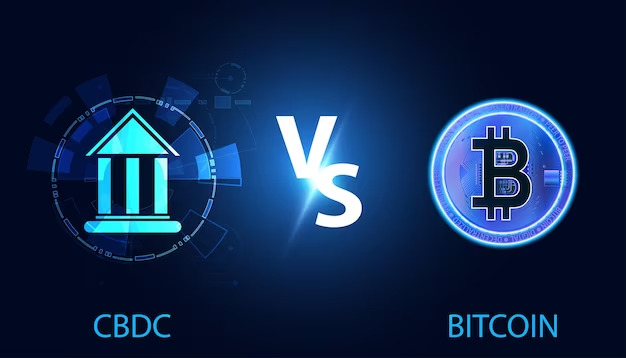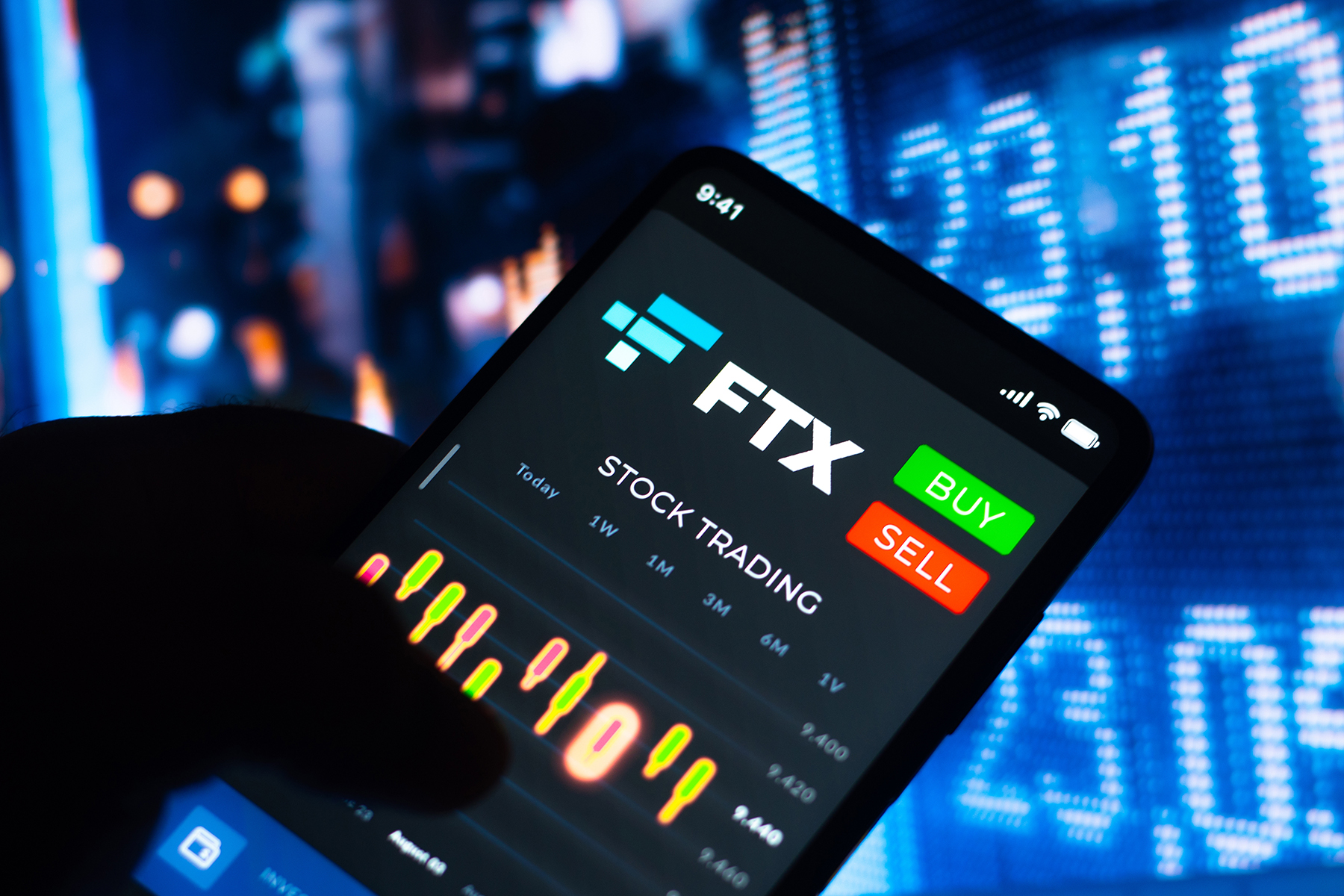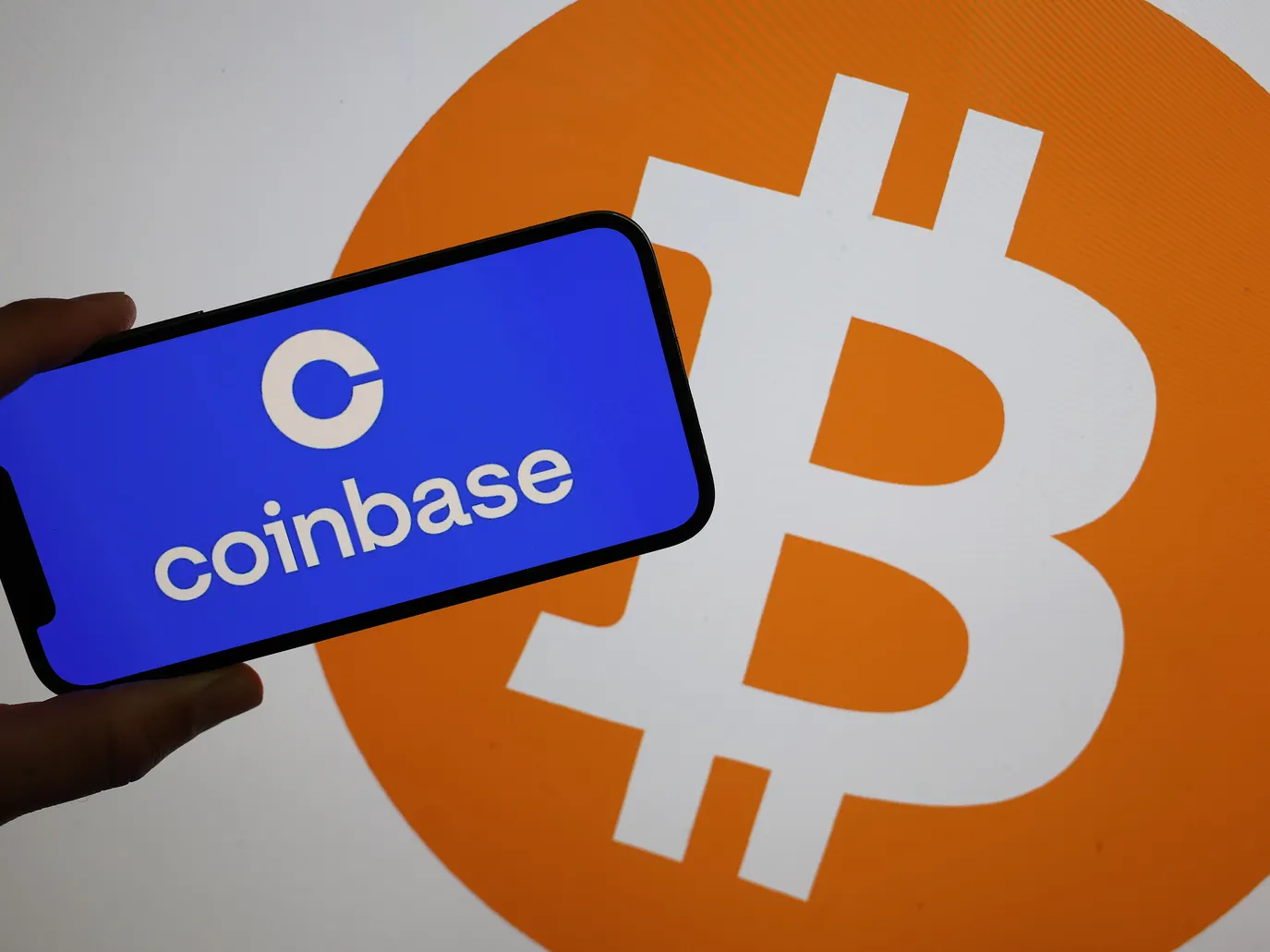Introduction
Stablecoins Surpassing Visa in Transaction Volume: A Financial Paradigm Shift In a development that has taken the financial world by storm, stablecoins—a form of cryptocurrency designed to maintain a stable value relative to a specific asset, usually a fiat currency like the US dollar—have now surpassed Visa in terms of transaction volume. This milestone is not just a testament to the growing acceptance and use of cryptocurrencies but also marks a significant shift in the landscape of global financial transactions. This article explores the implications of this seismic shift, analyzing how it reflects broader trends in the financial sector and what it could mean for the future.
Bitcoin to surge to $80K as stablecoins overtake Visa in 2024 — Bitwise
The Rise of Stablecoins
Stablecoins have emerged as a cornerstone of the crypto economy, offering the benefits of digital currency—speed, security, and global reach—without the volatility that characterizes other cryptocurrencies like Bitcoin and Ethereum. This unique combination has made them particularly attractive for both daily transactions and as a mechanism for transferring large sums internationally. Tether (USDT), USD Coin (USDC), and Binance USD (BUSD) are among the most widely used stablecoins, each backed by reserves of fiat currency to maintain their pegged value.
The rise of stablecoins: What potential do they hold for the future
Surpassing Visa: A Milestone Achieved
Recent data indicates that the daily transaction volume of major stablecoins has now eclipsed that of Visa, the global leader in digital payments. This achievement is monumental, considering Visa’s deep-rooted presence in the financial ecosystem and its role in processing trillions of dollars in payments annually. The fact that stablecoins have matched and surpassed this volume signals a significant shift in how people and institutions are choosing to move money.
Bitcoin Surpasses Visa’s Annual Transaction Volume
Implications for the Financial Ecosystem
Increased Adoption of Digital Assets
The surpassing of Visa by stablecoin transaction volume is a clear sign of the increasing adoption of digital assets. It reflects a growing trust in blockchain technology and a recognition of the efficiency and cost-effectiveness of stablecoins for financial transactions, particularly in cross-border payments where traditional systems can be costly and slow.
The Challenge to Traditional Banking
This trend poses a direct challenge to traditional banking systems and payment processors. As stablecoins become more integrated into the financial ecosystem, they offer a viable alternative to conventional bank transfers, potentially reshaping the global remittance landscape and reducing dependency on traditional financial infrastructures.
Regulatory and Security Implications
The rise of stablecoins has not gone unnoticed by regulators worldwide, who are grappling with how to oversee these digital assets. The increased transaction volume necessitates a closer look at the regulatory frameworks governing stablecoins, focusing on consumer protection, financial stability, and preventing illicit activities. Furthermore, as stablecoins grow in popularity, the security of these platforms and the integrity of their reserve backing become increasingly critical.
How Financial ecosystem is working
The Future of Financial Transactions
Looking ahead, the trajectory of stablecoins suggests a continued expansion in their use, potentially extending their reach beyond the crypto economy into mainstream financial services. Innovations in blockchain technology and increasing regulatory clarity could further boost their adoption, making digital currencies an integral part of the financial system.
Conclusion
The surpassing of Visa in transaction volume by stablecoins is a watershed moment for the cryptocurrency space and the financial sector at large. It underscores the shifting dynamics of global finance, where digital assets play an increasingly central role. As the world continues to embrace the potential of blockchain technology, the rise of stablecoins could herald a new era of financial transactions, characterized by greater efficiency, inclusivity, and flexibility. This milestone is just the beginning, and the future of finance may look very different from what we know today.




















